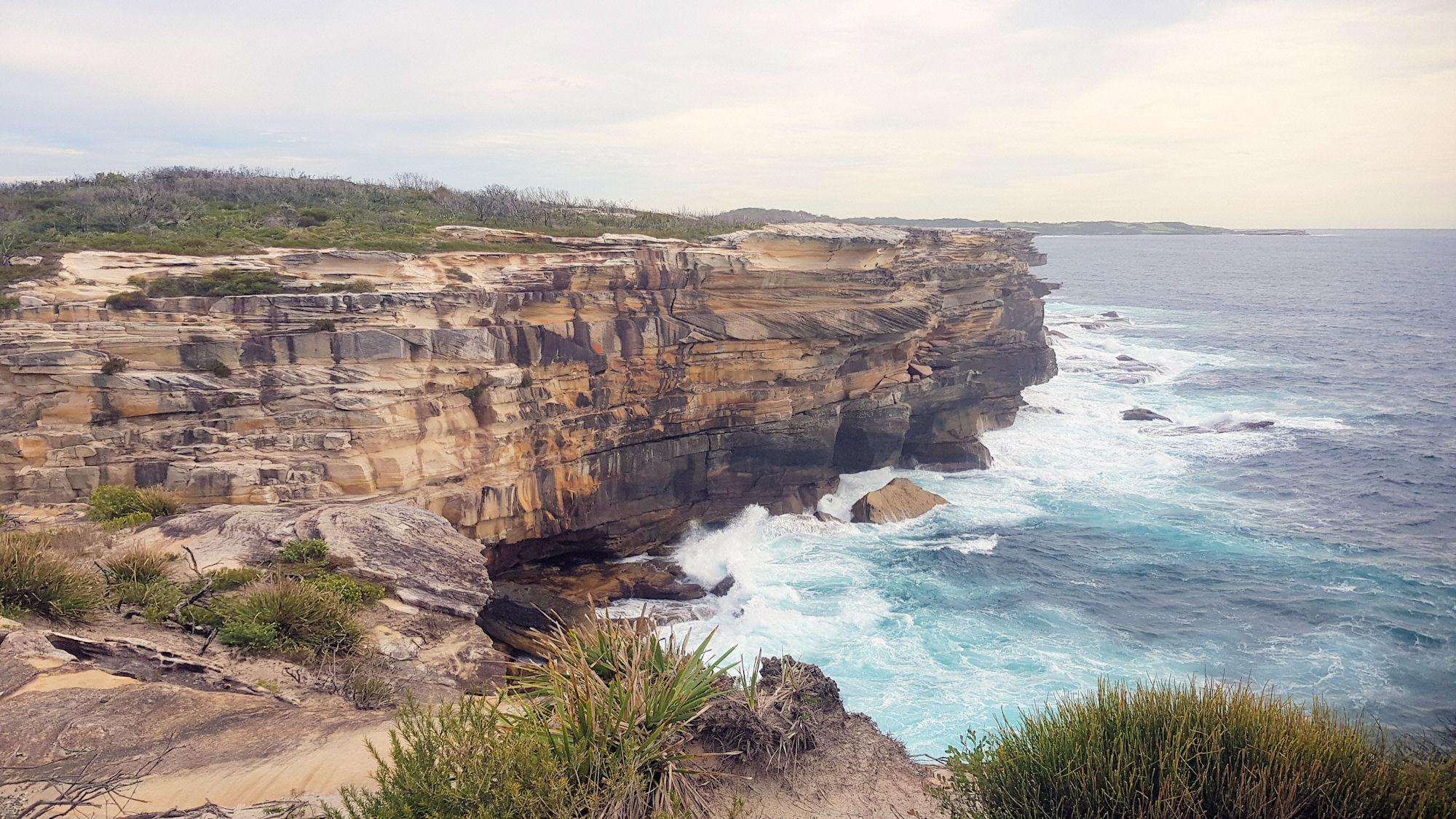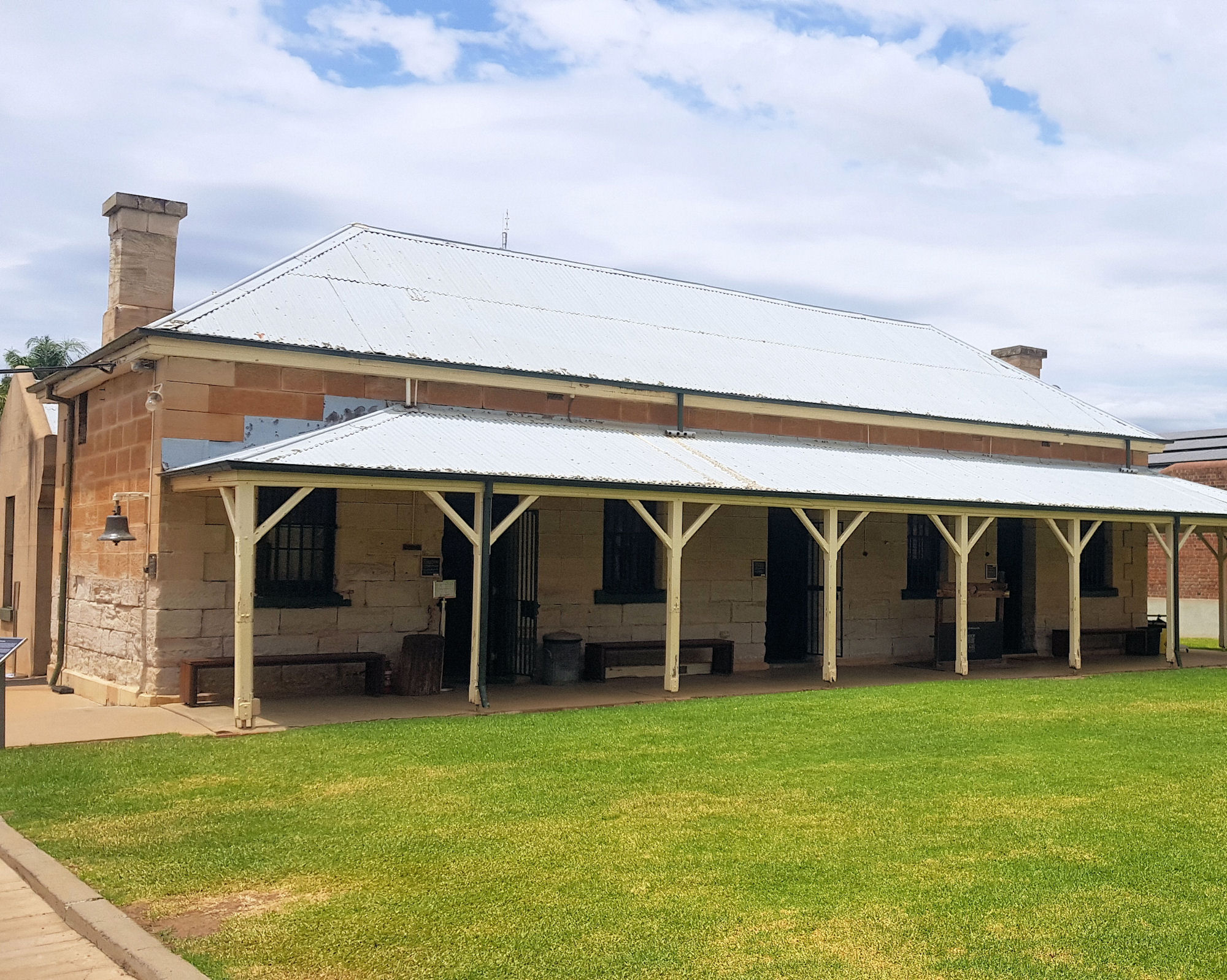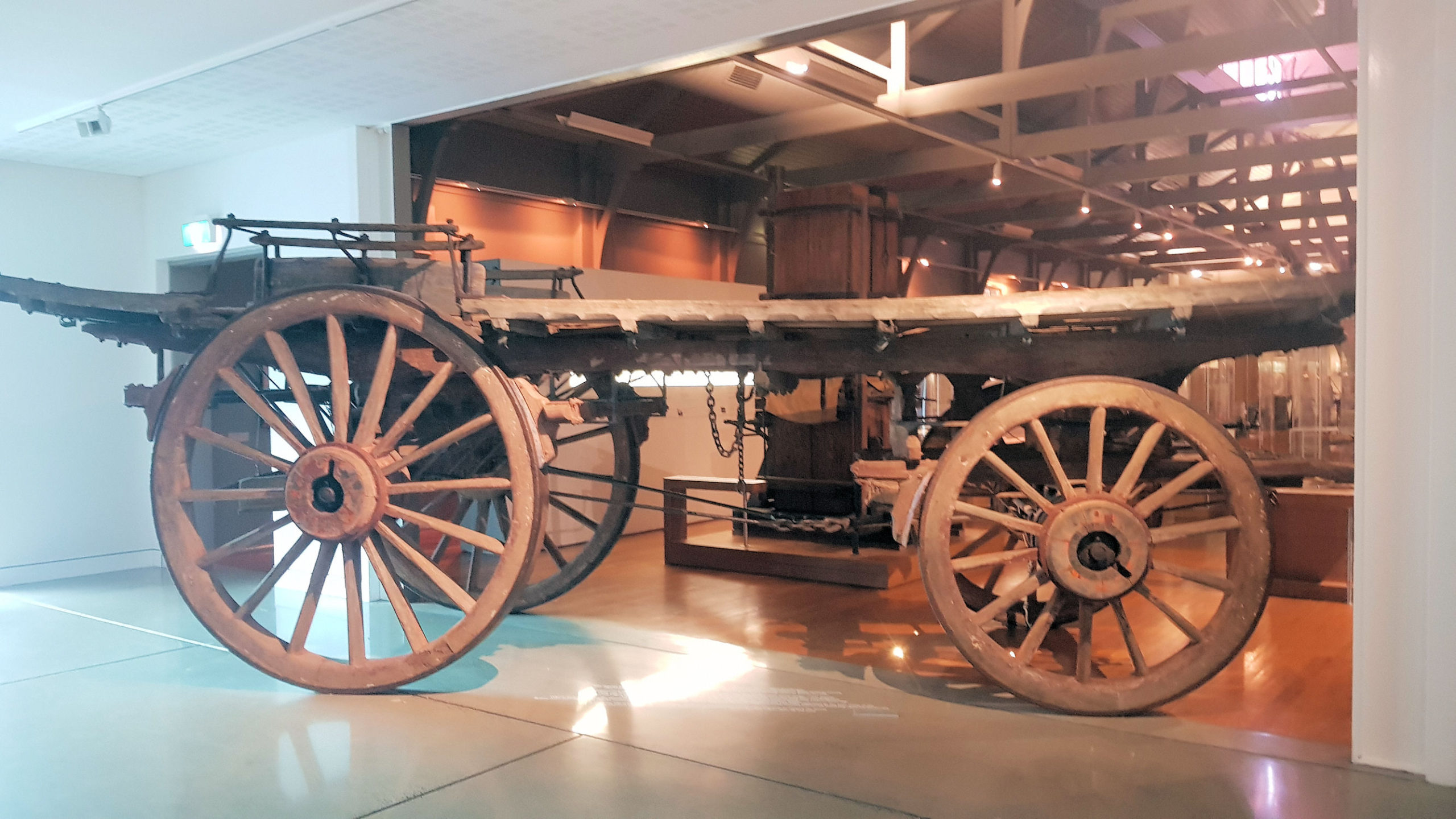Category: Building
Building
-
Cape Baily Track Kamay Botany Bay

Cape Baily Track Kamay Bay National Park Getting There Located in Kamay Botany Bay National Park, the Cape Baily Track winds along coastal cliffs with amazing ocean views. The track starts at the end of the park’s road, past Cape Solander. A car park next to a helicopter landing pad provides easy access to the… Read more
-
Old Dubbo Gaol

Old Dubbo Gaol Located in the centre of the Dubbo CBD, Old Dubbo Gaol which operated from 1847 to 1966 is now a tourist attraction. As it is heritage listed , it is one of the more popular places to visit in Dubbo. Not only are the buildings preserved in excellent condition, but displays and… Read more
-
Western Plains Cultural Centre

Western Plains Cultural Centre Located on Wingewarra Street Dubbo the Western Plains Cultural Centre has an excellent collection of local historical displays and art. During our visit the local final year students had their artwork on display, which was great to see. The museum section displayed a large range of items, which provided a feeling… Read more